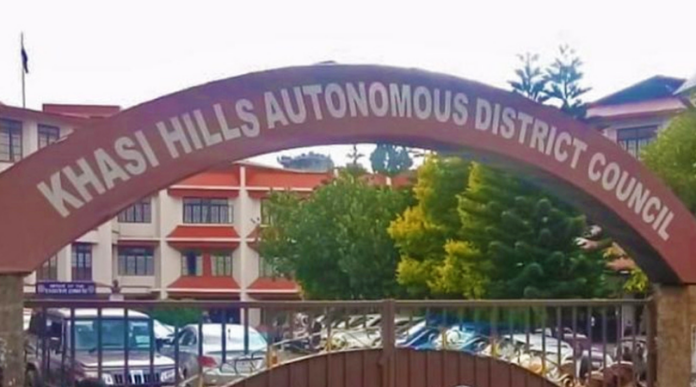By the editor
Fear of influx into the North East (NE) region by majority communities from across India, which might probably change its demographic structure, is a matter of great concern among the indigenous tribals. This sensitive issue was echoed by none other than the Khasi Hills Autonomous District Council (KHADC) chief Titosstarwell Chyne on February 4 after a consultative meeting with the traditional heads of Ri Bhoi district. “We are only a small tribe compared to the others in the country. That is why we feel that if railway comes there will be a lot of influx. Even now, when there is no railway in the region, the youth are concerned about the indigenous population being outnumbered due to unabated influx into the state”, Chyne reiterated. Due to ignorance, backwardness, poverty, illiteracy and simplicity, the indigenous populace were exploited and abused for many years. After the British colonialists had subjugated the Indian sub-continent, including the far-flung NE region in the 19th century, they settled down and made Cherrapoonjee (Sohra) the state capital. Soon the Welsh Presbyterian missionaries came to educate the hill people, followed by the Ram Krishna Mission, the Roman Catholic missionaries and others. Gradually the local tribals started becoming aware of the predicament and its surroundings. In a vast sea of human population, the Khasis were but little specks of sand. Nevertheless, against all odds they overcame the challenges to preserve their identity.
The native Lepcha and Bhotiya tribes of Sikkim have been reduced to minorities in their homeland. The majority of the population of the princely state of Tripura before independence were the indigenous tribals, but which is now reversed. About a hundred years ago, the Assam Census Commissioner C S Mullan, ICS predicted that within a hundred years the local Assamese inhabitants of Assam would become minorities in many regions of the state due to influx of settlers from the then East Bengal, mostly from Mymensingh district which has proved to be true. According to historians, tribals were the original inhabitants of the Indian sub-continent who were subsequently pushed to the hilly and mountainous forests by the numerous Dravidians and the Aryans. That is why they are known as the Adivasis till date meaning the original or the native people. But some political leaders did not feel comfortable with such a nomenclature and addressed them instead as Vanvasis meaning the forest dwellers. The rise of insurgency and militancy in the NE region was greatly due to the misconception by the majority communities and neglect by the successive governments at the Centre. Mere words to appease and meagre allocation of funds did not suffice. It was Prime Minister Atal Bihari Vajpayee who translated assurances into action by creating a separate Department of North East Region (DoNER) headed by a Union Minister. Years of neglect, however, cannot be compensated or made up within a short span of time. Hence, at the time of allocation of funds for various developmental programmes this ought to be borne in mind. The railway issue continues to be a puzzle for the locals.


